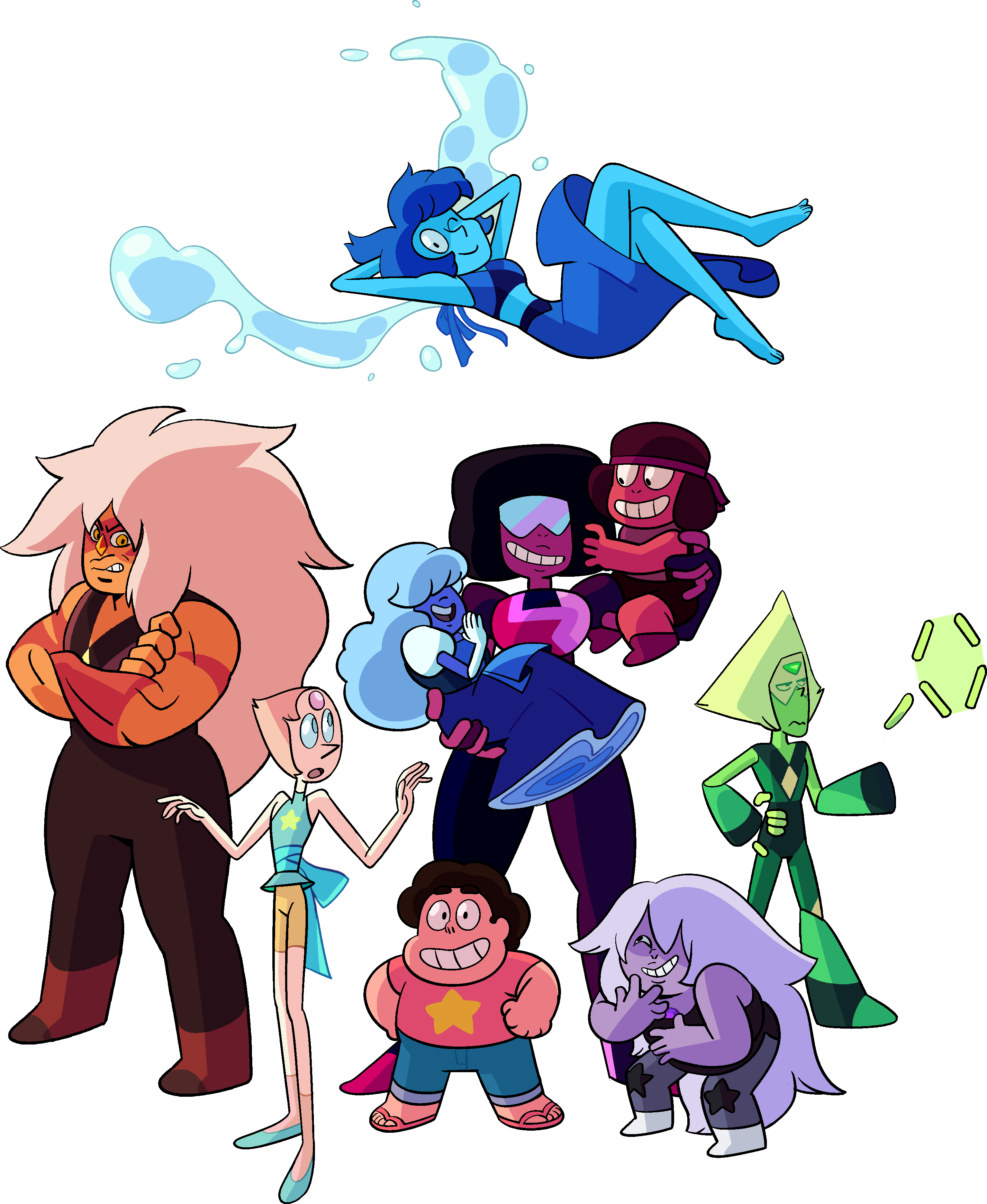


The media do not present women who are viable role models, and therefore: 3) the media’s deleterious role models, when internalized, prevent and impede female accomplishments.

The main three-part argument she presents is “1) few women hold positions of power in media organizations and so, 2) the content of the media distorts women’s status in the social world. Gaye Tuchman reflected on the depictions of women in popular media productions and stated that “the idea that a literature reflects its society is transformed into the statement that the media should reflect society and the charge that contemporary media do not properly reflect the position of women” (Tuchman 532-533) However Tuchman later discusses the underrepresentation of women and their often stereotypical portrayal as capturing and demonstrating the lack of power that women experience every day. Steven Universe displays innovative, modern depictions of gender. Also, the female characters are able to transgress gender norms and expectations as well as the males. Each female character represents a different expression of the female gender. Although Abel shows that Bugs Bunny is able to transgress gender, he acknowledges that this shows that “only male characters have the power of transgression, and in wielding that power they appropriate both male and female identities.” (Abel 191) Steven Universe differs from Abel’s reflections on common gender constructions in cartoons the show features a predominance of female characters and defies stereotypes. Warner Brothers privileged male characters and focused on their experience in cartoons. The historical norm was to show a “predominance of male characters and heavily stereotyped female characters.” (Abel 187) Early MGM Studios’ productions only offered three versions of female gender expression: the domestic woman, the sex symbol, and the comic old woman. Sam Abel, in his article, “The Rabbit in Drag: Camp and Gender Construction in the American Animated Cartoon,” recognizes this difference and asserts that “the commercial animated cartoon presents a particularly valuable case study of gender construction in American society” because, as a film genre, it physically and temporally frames reality, but it is also drawn by an artist who designs “a wholly created world which, of necessity, simplifies reality, both visually and psychologically.” (Abel 184-185) Abel then outlines the gender constructions in early cartoon series. While animated cartoons are similar to film in that the scenes shown on screen are controlled by the producers, cartoon drawing artists have more control over the view of the audience.

Although there are few male characters, they, too, are shown expressing their identity in more than one way. Most of the characters in Steven Universe are female, but they each express their gender identity in a unique way. Carol Clover, when writing about gender in horror films, related that “what filmmakers seem to know better than film critics is that gender is less a wall than a permeable membrane.” (Clover 46) The idea of gender as a spectrum has now dominated in popular culture and is exemplified by the cartoon show, Steven Universe. As the issues of gender equality and expression have grown in popularity, modern cultural productions have reflected a change in ideology. This includes the producers of the culture industry. With the popularity of social media allowing news and opinions to be shared quickly among many people, creators are more conscious about their depictions and possible interpretations of their work.


 0 kommentar(er)
0 kommentar(er)
